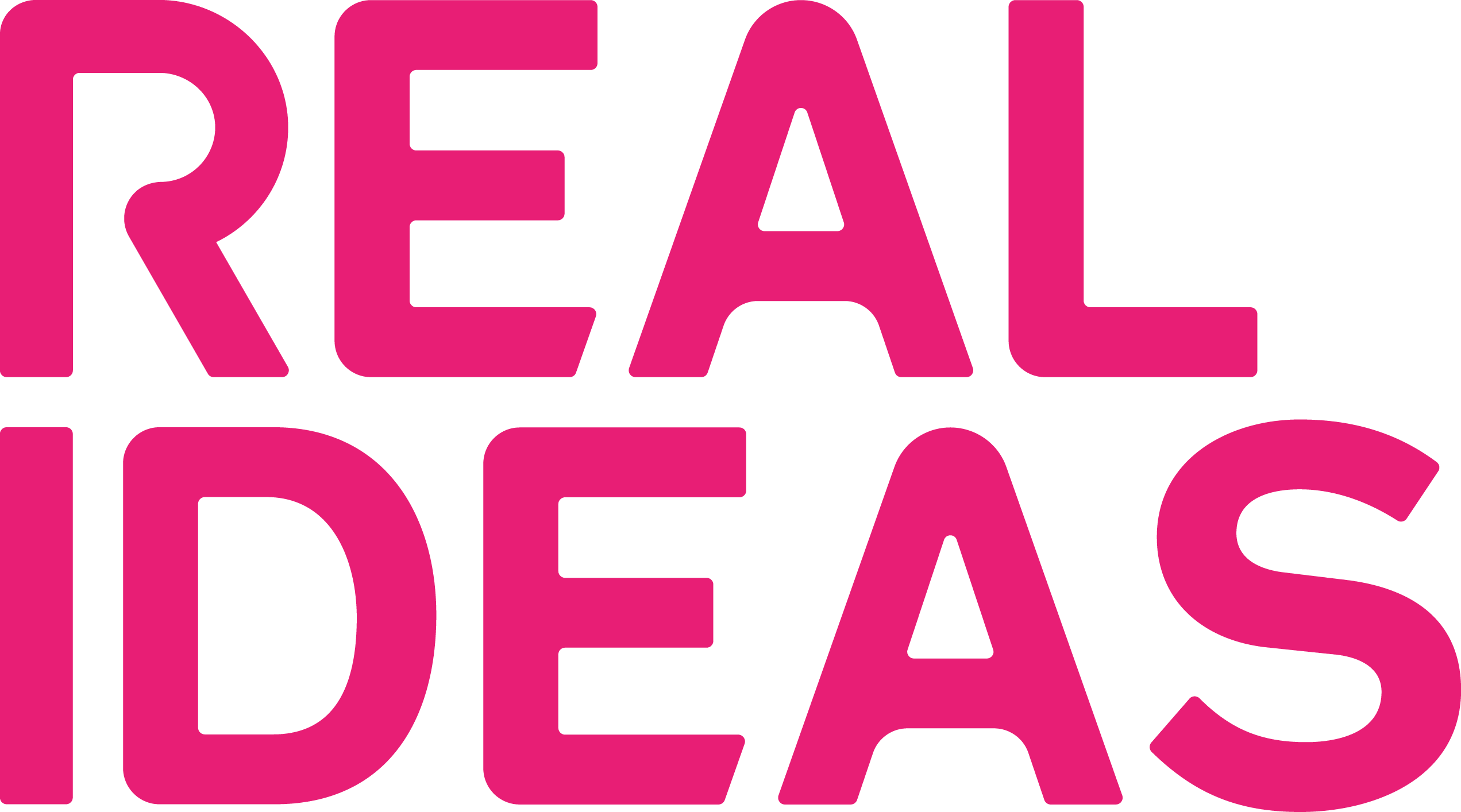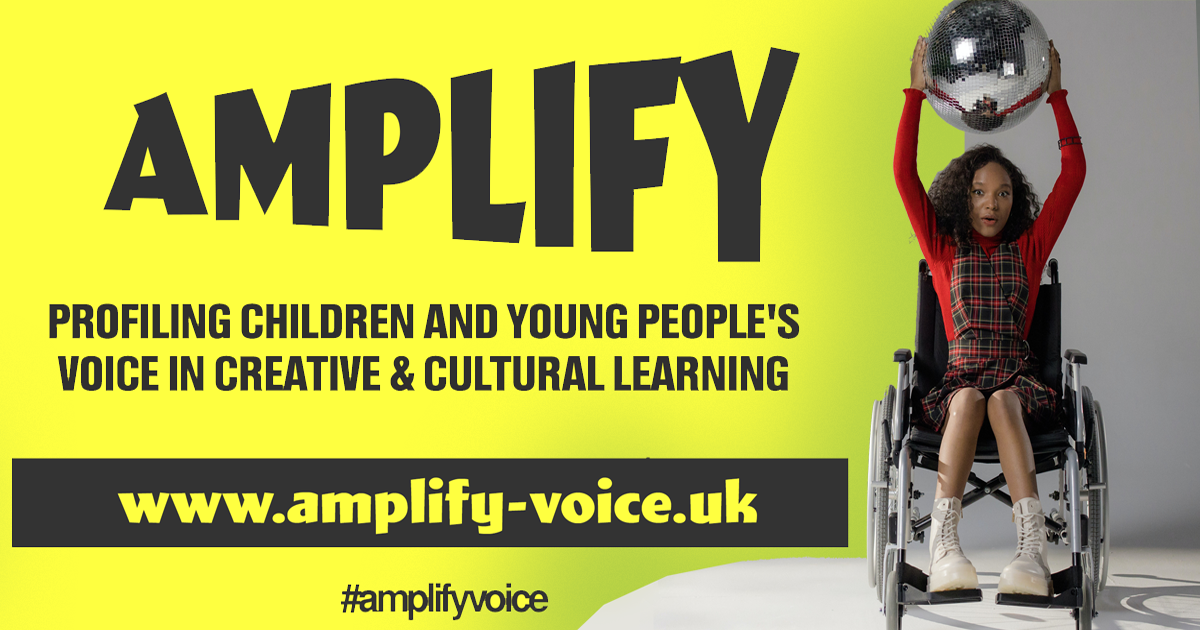Matt Little, Head of Research and Impact at Real Ideas, is here to talk about Youth Voice and the final episode of Amplify. Amplify is a series of short films profiling children & young people’s voice in creative & cultural learning.
When we talk about ‘youth voice’ in relation to art and culture, what we quite often mean underneath is ‘youth voice in relation to a predetermined notion of art and culture’. Probably something close to the DCMS-specified list of artistic and cultural forms. Or art and culture as currently practiced by our organisation, which we would like some input and guidance on. In essence, our notion of art and culture, and not the young people’s.
This last edition of Amplify asks us some good and hard questions here.
If you are a pragmatist, the above situation isn’t necessarily a bad thing, and it needs to happen if change is going to continue. Done well youth voice is one of the mechanisms by which young people can engage with and shape these predetermined forms of art and culture and the organisations that deliver them. And there are lots of examples of this being done with absolute integrity and quality in this Amplify series.
Engagement with this existing artistic and cultural base is also how young people learn from, question, reshape and build upon what has gone before. They have an equal right to this foundation – even though access is currently unevenly distributed – and nuanced understanding of the past can surely only be a good thing in a world where we all tend to leap so often to such rapid, partially informed judgments and actions.
But art and culture isn’t a static list or predefined set of boxes and content simply to be passed on down the line. It is a living, breathing, pulsing, and developing organism, and it is often best and most powerfully driven and developed by young people themselves. Over the last 70 years in particular, children and young people have been generative of extreme innovation and development in relation to artistic and cultural practice and form. They constantly change and shape what we all then come to experience, consume, engage in, and see as art and culture in the first place.
And they do this without steering groups and participation projects, without youth boards and consultation strategies. They do it by making, inventing, and producing bold, confounding, challenging art and culture in their own ways and via their own media, forms and networks, and communicating about it using their own labels, channels, materials and language. They are artistic and cultural special agents, and they are so often brilliant. They’re making change happen and they’re doing it every day.
When they do this, they are also, of course, giving voice to what they think and feel; what they want to see change in the world and why. They are speaking about and aiming to shift and shape what matters to them – society, environment, identity, history, community, emotions, belonging, wellbeing, hope and despair, symbolism, future possibilities… – but doing this in their own way, not ours. They are driven, socially engaged, often entrepreneurial, out there turning dreams and ideas into reality. How fantastic is that.
So what does this mean? First, if we are serious about children and young people’s voice we have to pay attention. But not just to what they say about ‘our art and culture’. We have to actively listen to that voice expressed via its own forms and on its own terms and do the necessary work to understand what is being said, why, and what we then need to do about that, given we so often have power in relation. We also need to look out for, engage with, platform, and amplify the bold and brilliant artistic and cultural practice generated by young people themselves, even if it isn’t on our immediate list or fitting quite within our existing boxes. As the participants in this final episode suggest, that is youth voice unadulterated and, as it should be, on its own terms. The future lies that way.
Find out more about Amplify and watch the episodes here.

